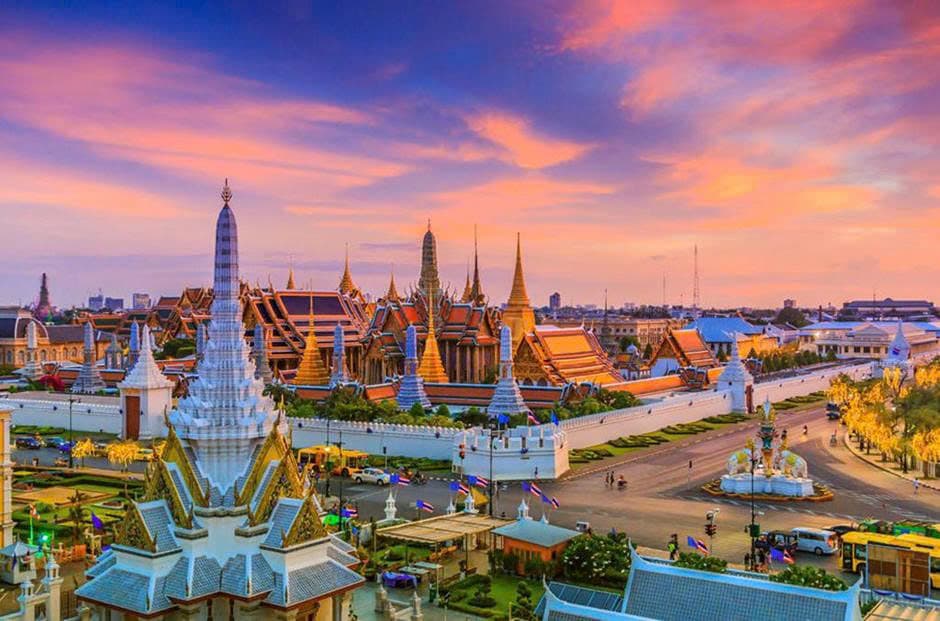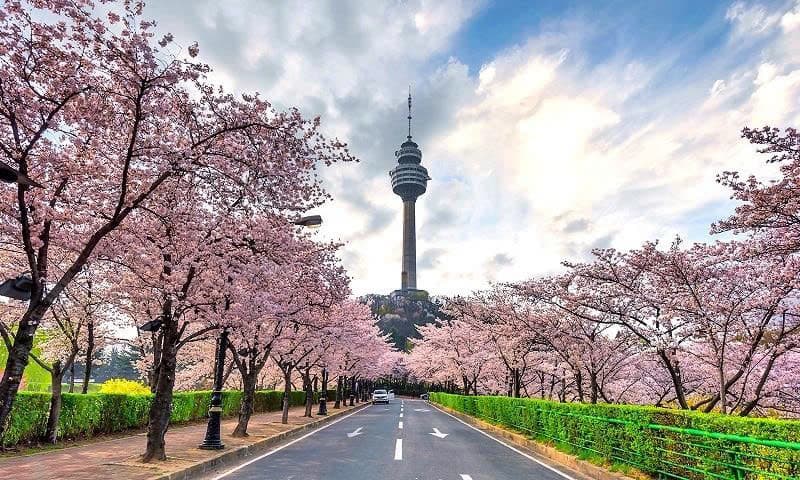

South Korea – the land of kimchi – is always one of the top attractive destinations in Asia. From beautiful four-season scenery, rich cuisine to unique K-pop culture, Korea offers a memorable journey of discovery for every tourist. If you are planning to visit this country, let's explore the A to Z travel guide to Korea with HeyoTrip!
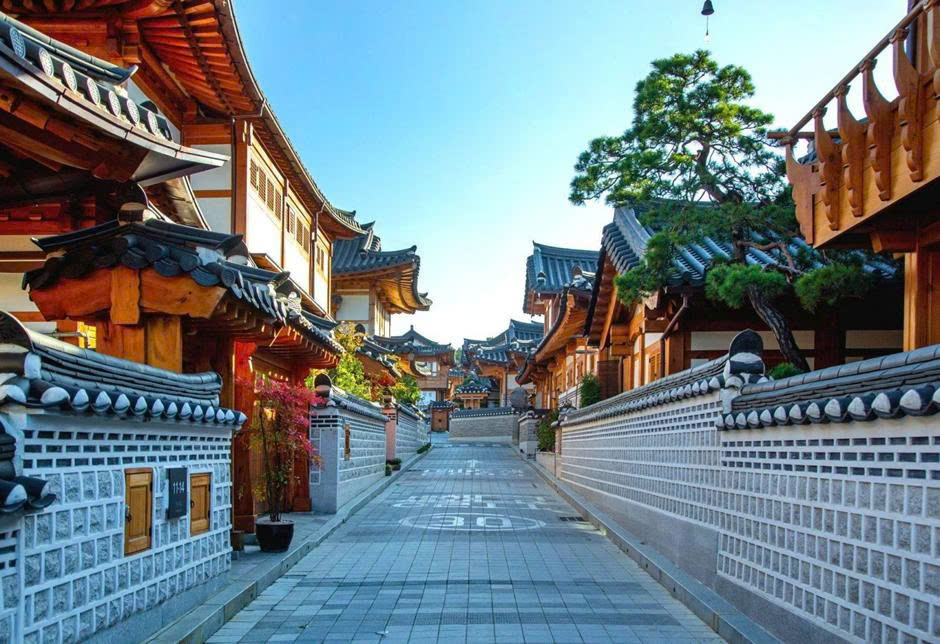
1. Best time to visit Korea
Korea is a country with four distinct seasons, each season has its own beauty like the colors in a vivid natural picture. Spring (March - May) is the time when Seoul and many other cities are immersed in the light pink color of cherry blossoms - the petals gently falling in the wind like a gentle whisper of nature. Summer (June - August) brings a joyful, vibrant atmosphere with bright sunshine, bustling beaches and bustling summer festivals taking place everywhere from Busan to Incheon.
Entering autumn (September - November) , Korea puts on a shimmering red and yellow silk coat, rows of ginkgo trees, brilliant red maples create a wonderful symphony of colors - ideal for walking, taking photos and relaxing. Winter (December - February) is the time for those who love fairy-tale white snow scenery and cold-weather sports. This is also the time when you can enjoy hot ginseng chicken soup by the fire, in the typical cold only found in the land of kimchi.
💡 Tip: Spring and autumn are considered the “golden time” to travel to Korea – not only because of the pleasant weather and beautiful scenery, but also because this is the season of festivals and bustling outdoor activities, very suitable for taking photos and exploring local culture.
2. Immigration procedures – easy and fast
Visa: Vietnamese tourists can join a designated tour to be exempted from visa, or apply for an individual tourist visa (maximum stay of 90 days)
K-ETA: If you are traveling visa-free, you need to apply for K-ETA – the procedure is simple and can be done online in a few minutes.
Documents to prepare: Passport valid for 6 months, round-trip air ticket, hotel confirmation, account statement if required.
3. Prepare your luggage – light but “fully equipped”
Seasonally appropriate clothing (coat, windbreaker, beanie or sunglasses)
Sunscreen, lip balm, mask – protect your skin in cold, dry weather
Round pin adapter, 4G SIM or Wi-Fi rental by the day
Pre-loaded map app, KakaoMap, Papago (language translation) and payment apps
4. Smart mobility – explore every corner
Subway: the "backbone" of urban transport, convenient, accurate, clean and easy to use.
Bus & Taxi: widespread, easy to call via Kakao T or Naver apps.
KTX high-speed train: the perfect choice to shorten travel time between major cities.
Don't forget to buy a T-money card for convenient payment on all public transportation.
5. Famous Places in Korea – Icons Not to Be Missed
Gyeongbokgung Palace – The Eternal Beauty of the Joseon Dynasty
An enduring symbol of Korean history, Gyeongbokgung stands majestically in the heart of modern Seoul, a symphony of past and present. Built in 1395, it was once the main palace of the Joseon Dynasty. Visitors can transform into kings and queens by renting hanbok costumes and walking through the ancient corridors, watching the solemn traditional changing of the guard ceremony. In autumn, red leaves dye the palace, creating a romantic scene like a watercolor painting.
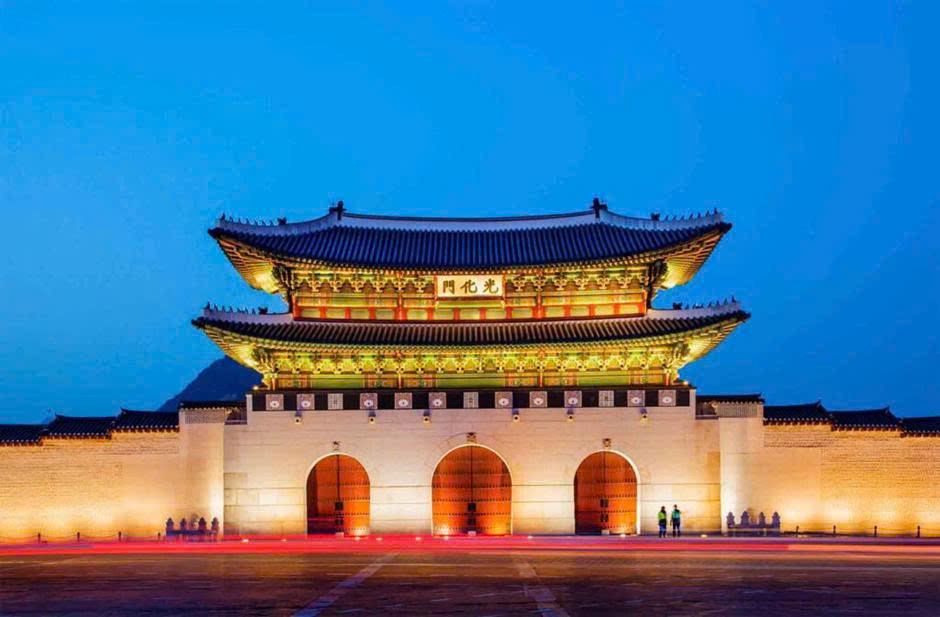
Namsan Tower – Panoramic view of the city from above
Like a lighthouse guarding Seoul, Namsan Tower (N Seoul Tower) is where visitors can fully admire the sparkling beauty of the capital from a height of 236m. The path leading up to the tower is filled with seasonal flowers, very suitable for romantic afternoons. This place is also famous for the "love bridge" - thousands of locks symbolizing eternal promises are hung on the fence. When night falls, the brilliant lights from the tower make the whole sky of Seoul seem to light up - an indispensable experience in the journey to explore Korea.
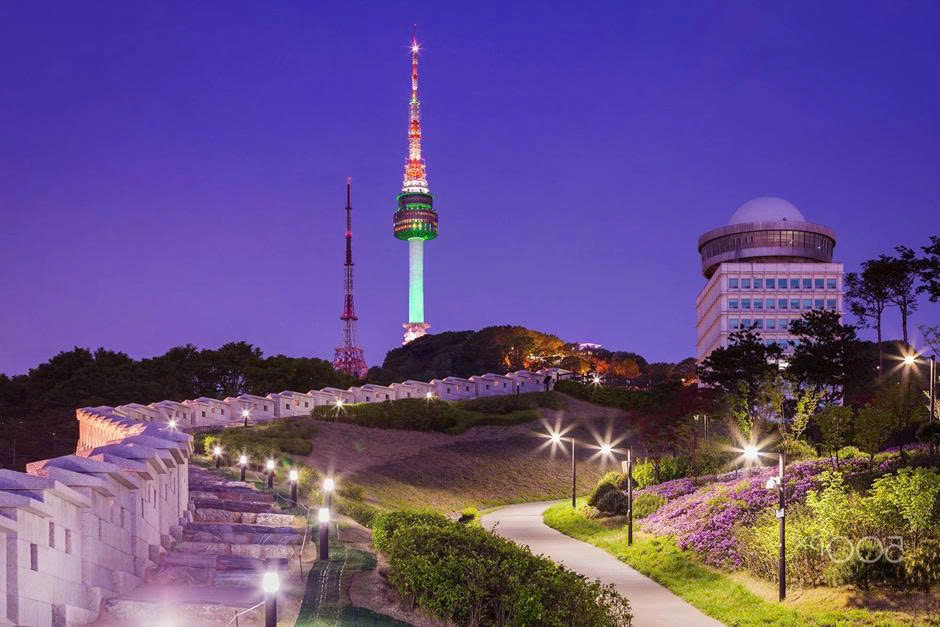
Jeju Island – Tropical Paradise in the Heart of Korea
If Seoul is the modern pace of life, Jeju is a peaceful picture with blue sea, clear sky and majestic natural wonders. This island, recognized by UNESCO as a world natural heritage, offers visitors pure air, poetic coastal roads, and majestic Hallasan Mountain - the highest mountain in Korea. Don't forget to visit Cheonjiyeon Waterfall, Manjanggul Lava Cave or Seongeup Folk Village to discover unique indigenous culture. Every step in Jeju is a memorable moment in your journey.
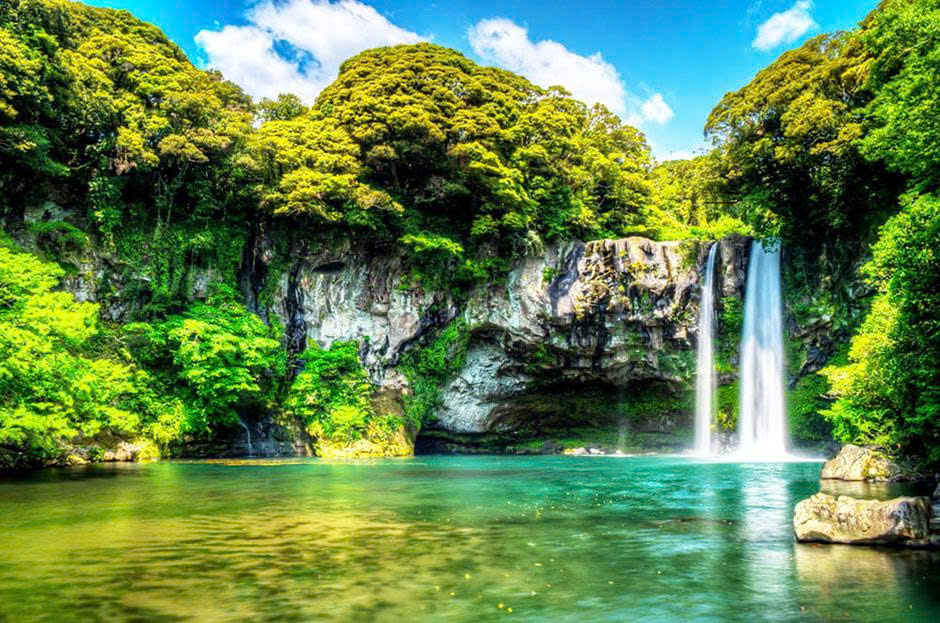
Busan – A vibrant and liberal coastal city
As the second largest city after Seoul, Busan offers a completely different atmosphere - airy, liberal and filled with sea breezes. Haeundae Beach is the most famous destination with its long sandy beach, clear blue water and a series of festivals taking place throughout the summer. In addition, visitors can explore Jagalchi fish market - where the bustling cries of vendors reflect the daily life of the local people. Visiting Gamcheon mural village , you will be lost in a world of bright colors, every corner is filled with creative street art.
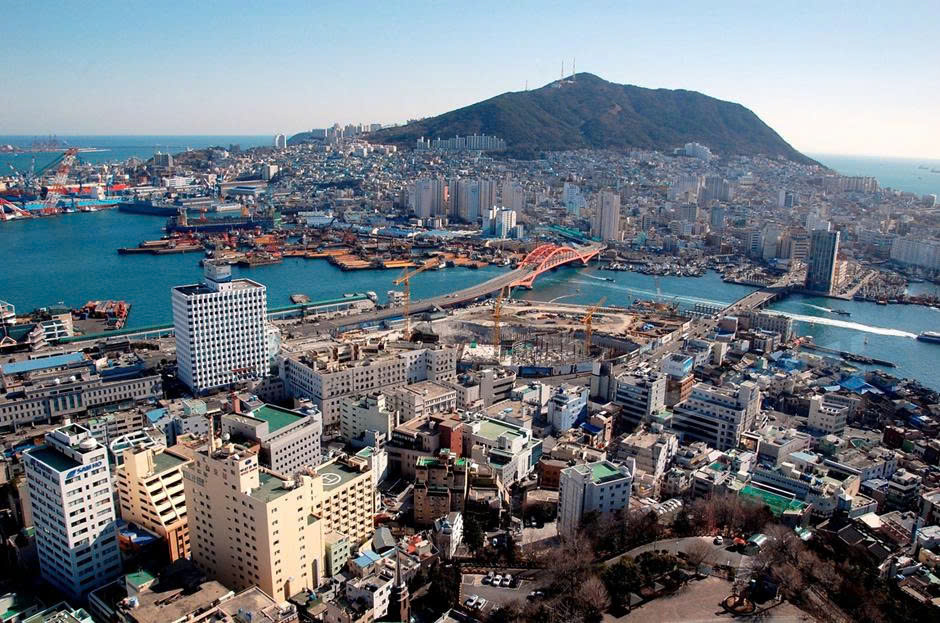
Everland & Lotte World – Real-life fairy kingdoms
If you are traveling with your family or a group of young people, Korea’s two most famous amusement parks – Everland and Lotte World – are definitely worth a visit. Everland is located in Yongin, about an hour outside of Seoul, and is famous for its safari, roller coasters, and colorful seasonal flower festivals. Meanwhile, Lotte World is located in the heart of Seoul, and includes the world’s largest indoor theme park, an ice skating rink, a folk museum, and a gorgeous outdoor amusement park. Both are like fairytale kingdoms – places where people of all ages can become children again, filled with endless laughter and fun.
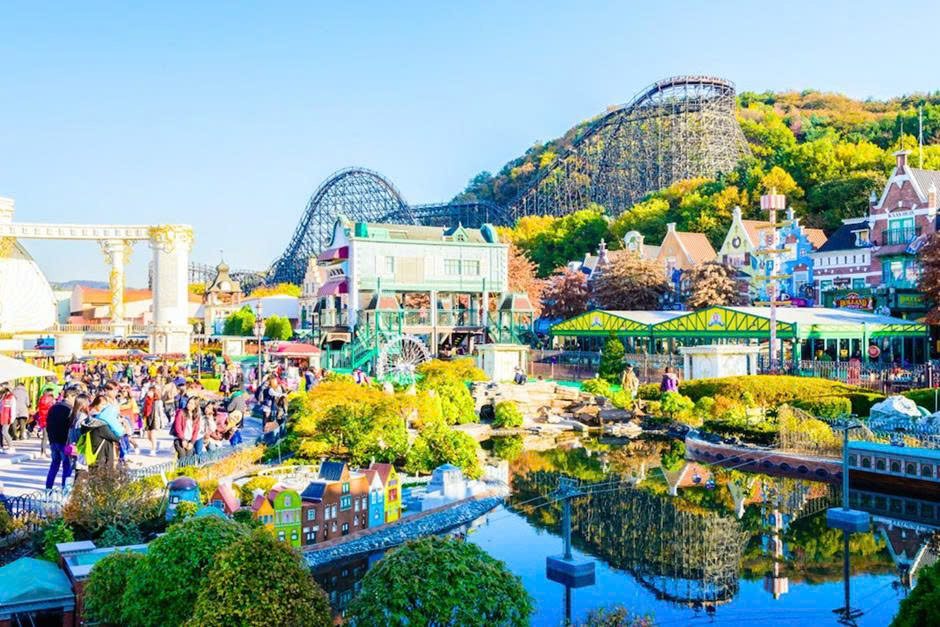
6. Korean Cuisine – A Taste Paradise Waiting to Be Discovered
Bibimbap – Art in a Bowl of Rice
More than just a dish, bibimbap is also a symbol of harmony in Korean culinary culture. A bowl of hot white rice, combined with colorful vegetables, fragrant stir-fried beef, fatty fried egg and spicy gochujang sauce - all blend together like a colorful harmony that is both beautiful and nutritious. Just mix well and enjoy, you will feel the explosion of flavors in every spoonful of rice - both light and rich.
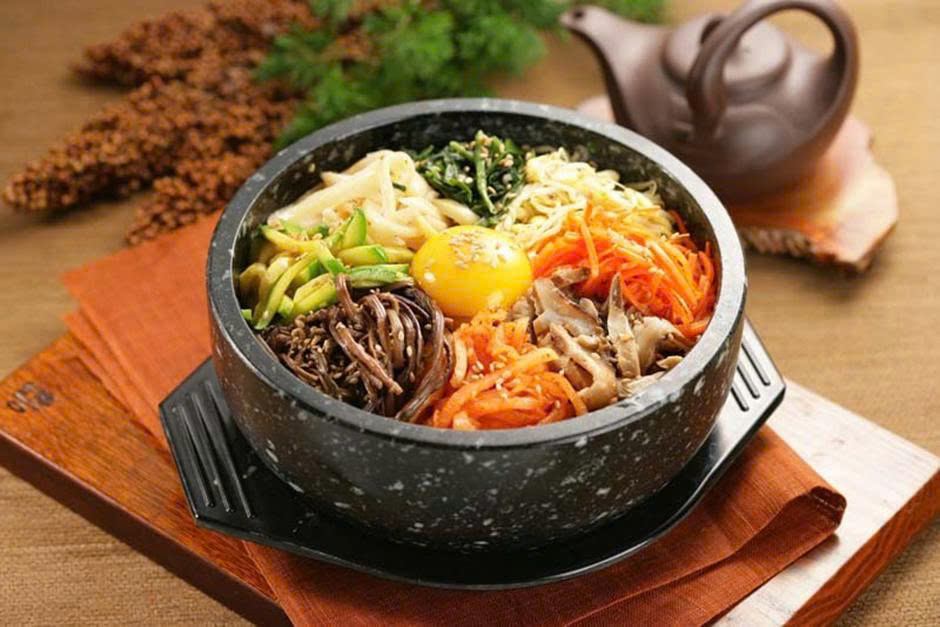
Samgyeopsal – grilled meat and family stories
When you come to Korea, you cannot help but sit around a charcoal stove and grill each piece of samgyeopsal – fresh pork belly, fragrant with the smell of burnt fat. Wrap the meat with raw vegetables, grilled garlic, kimchi and a little salty ssamjang sauce – it is a wonderful taste experience.
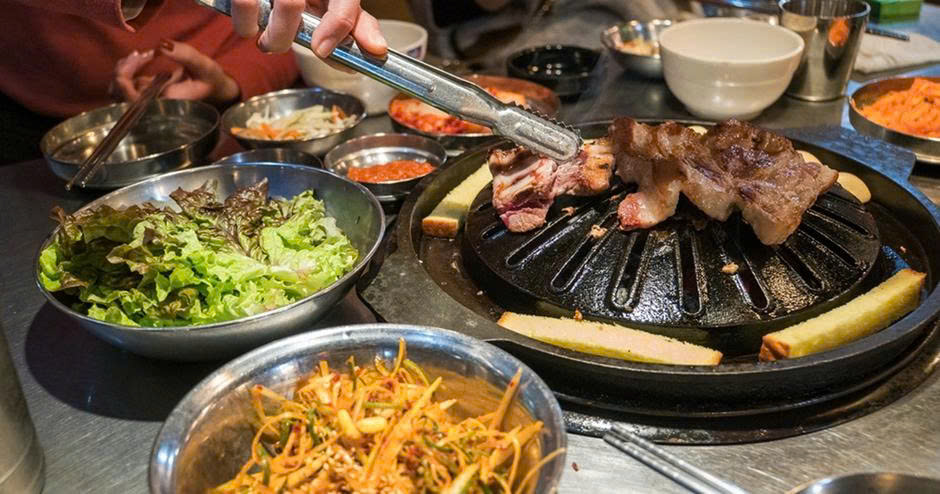
Kimchi & Tteokbokki – two national symbols
No dish represents Korean cuisine as clearly as kimchi – a spicy, slightly sour and extremely “addictive” fermented vegetable dish. Kimchi appears in almost every meal, and is the soul of many dishes such as kimchi soup, kimchi fried rice… Meanwhile, tteokbokki – spicy rice cakes – is a “national street food”, with soft, chewy cakes, mixed in a rich, spicy and sweet red sauce, making anyone who tastes it once remember it forever.
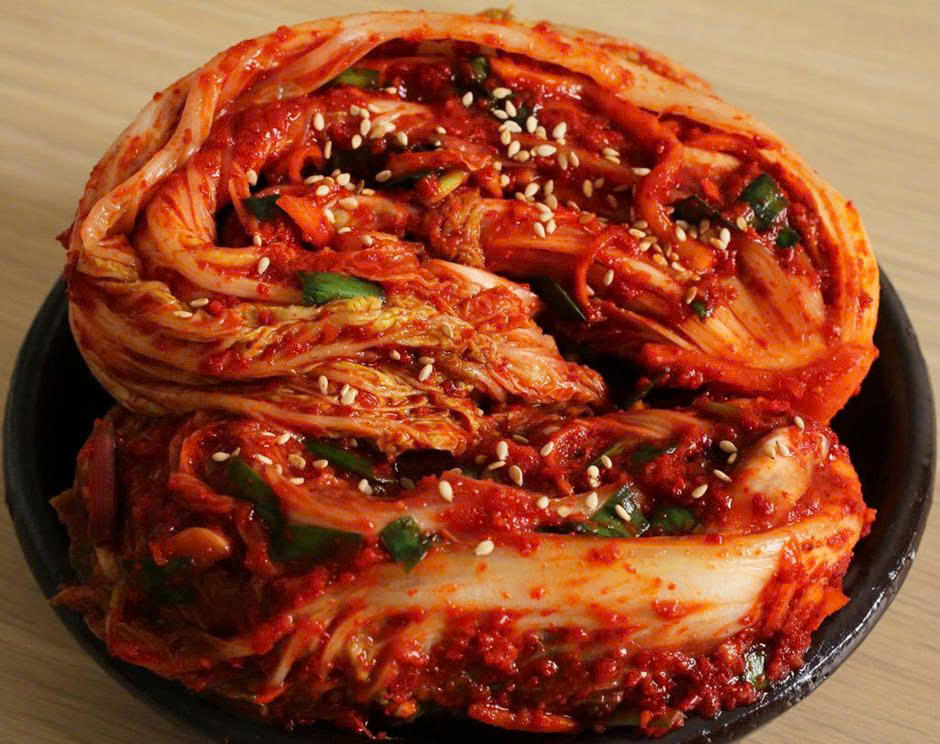
Myeongdong & Gwangjang Night Market – Night Snack Paradise
When night falls, Myeongdong and Gwangjang become Seoul's most vibrant food scene. Stalls are brightly lit, fragrant aromas waft through the air, and people flock to enjoy hotteok (honey donuts), mandu (deep-fried dumplings), odeng (steamed fish cakes on skewers), and countless other delicious snacks.
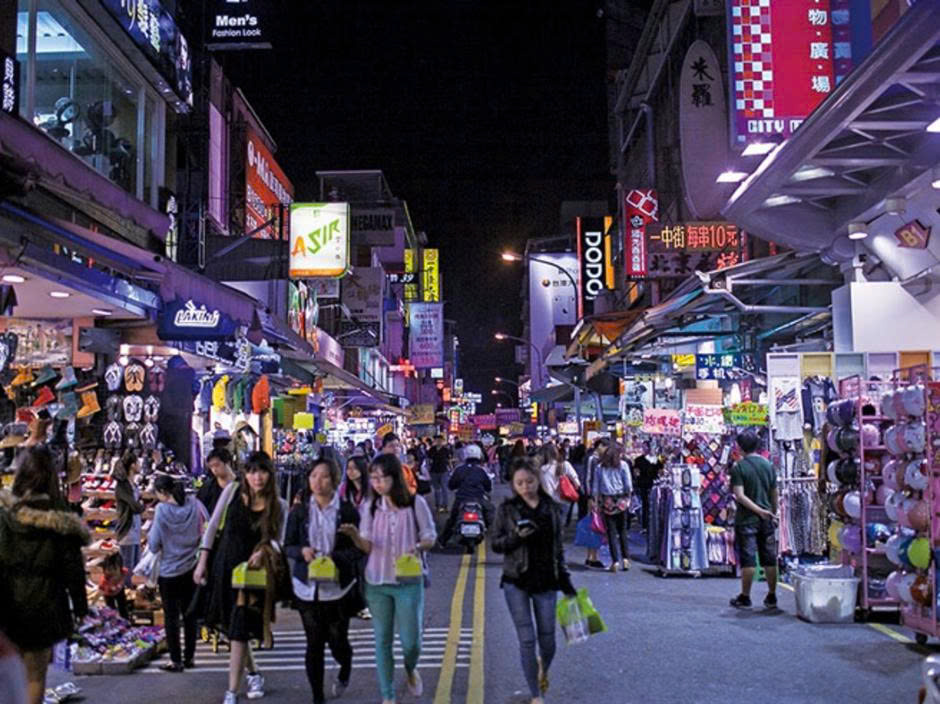
7. Some useful “pocket tips”
Learn some basic Korean phrases like “Annyeonghaseyo” (Hello), “Kamsahamnida” (Thank you) to make a good impression.
Bring small denominations of cash as not all places accept international cards.
Always keep your itinerary, hotel address and emergency phone numbers with you.
Be polite, avoid speaking loudly in public and do not stick chopsticks in your rice bowl.
Korea is more than just a destination – it is a journey of exquisite beauty, vibrancy and emotion. From modern Seoul to dreamy Jeju, from street food to traditional festivals, every moment in Korea can become a cherished memory.
Ready to explore the land of kimchi?
✈ Book flight tickets now: here
Find the ideal hotel in Korea
